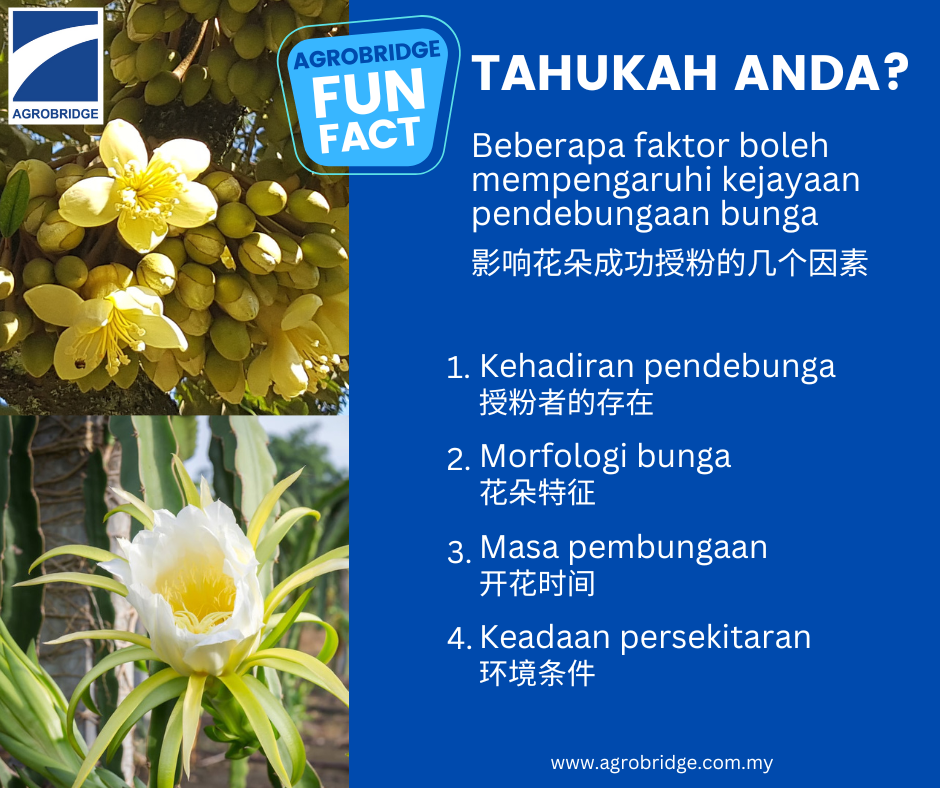Articles
April 2024
Several factors can influence the successful pollination of flowers

- Presence of Pollinators: The availability and activity of pollinators such as bees, butterflies, moths, birds, and bats are crucial for successful pollination. Without them, many flowers may not get pollinated.
- Flower Characteristics: The morphology and structure of the flower can affect its attractiveness to pollinators. Factors such as color, shape, scent, and nectar production can all influence pollinator visitation.
- Timing of Flowering: Flowering at the right time is crucial for successful pollination. Flowers need to bloom when pollinators are active and abundant in the area.
- Environmental Conditions: Weather conditions such as temperature, humidity, wind, and rainfall can affect pollinator activity and flower viability. Extreme weather events can disrupt pollination.

5. Distance between Flowers: Proximity between flowers of the same species can affect the likelihood of successful pollination. If flowers are too far apart, pollinators may not transfer pollen effectively.
6. Genetic Compatibility: For sexual reproduction in plants, pollen from one flower must be compatible with the stigma of another flower. Genetic factors play a role in determining compatibility.
7. Availability of Pollen: Sufficient pollen must be available for pollinators to transfer between flowers. Factors such as pollen quantity and quality can influence pollination success.
8. Competition with Other Flowers: Competition for pollinator attention can occur if multiple flower species are blooming simultaneously in the same area.
9. Presence of Pollen Predators: Predators that consume pollen or damage flowers can reduce pollination success by disrupting the process or reducing the availability of pollen.
10. Human Activities: Human activities such as habitat destruction, pesticide use, and pollution can negatively impact pollinator populations and their ability to pollinate flowers effectively.
By understanding and managing these factors, conservationists, farmers, and gardeners can promote successful pollination and ensure the reproductive success of flowering plants.











